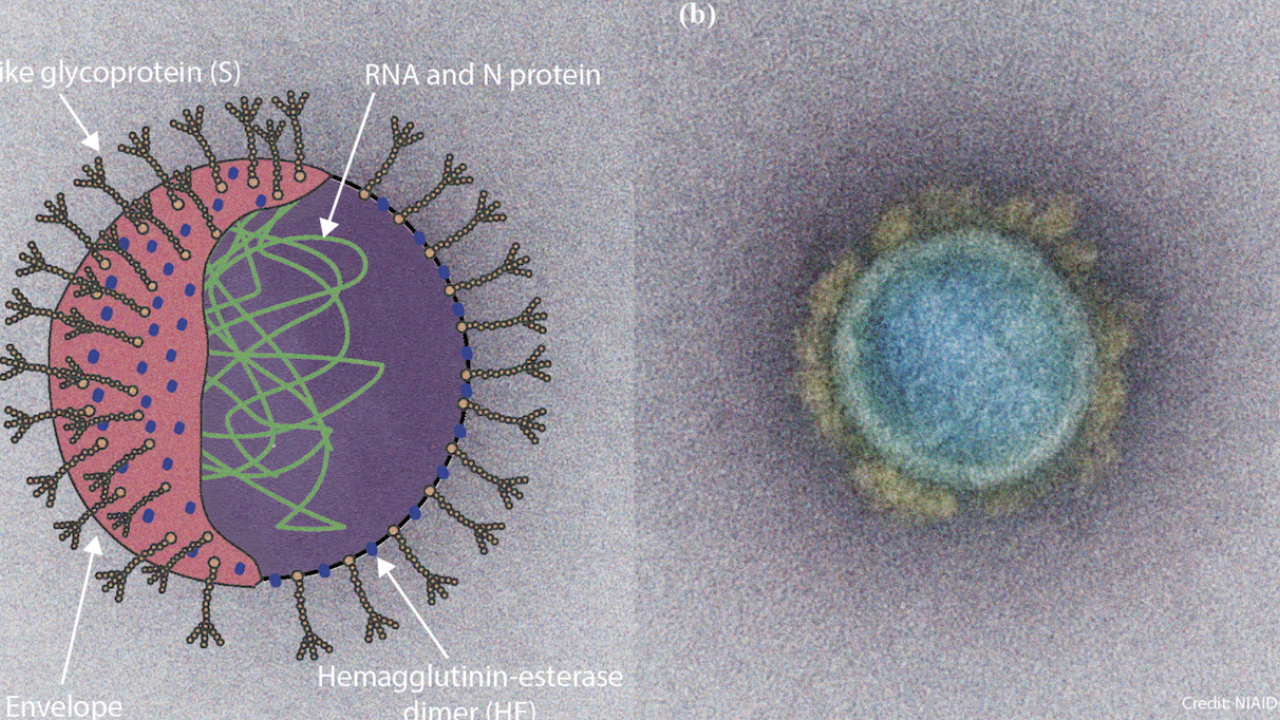
A Review of the Current Literature and Built Environment (BE) Considerations to Reduce Transmission
David Coil, a project scientist working with Professor Jonathan Eisen at the UC Davis Genome Center, has submitted a paper on the potential for transmission of SARS-CoV-2 through built environment (BE). This is a pre-print: this version is not peer-reviewed.
Abstract: With the increasing spread of severe acute respiratory syndrome coronavirus 2 (SARS-CoV-2) that results in coronavirus disease 19 (COVID-19), corporate entities, federal, state, county and city governments, universities, school districts, health care facilities, assisted living organizations, daycares, homeowners, and other building owners and occupants have an opportunity to reduce the potential for transmission through built environment (BE) mediated pathways. Over the last decade, substantial research into the presence, abundance, diversity, function, and transmission of microbes in the BE has taken place and revealed common pathogen exchange pathways and In this paper, we synthesize this microbiology of the BE research and the known information about SARS-CoV-2 to provide actionable and achievable guidance to BE decision makers, building operators, and all indoor occupants attempting to minimize infectious disease transmission through environmentally mediated pathways. We believe this information will be useful to corporate and public administrators and individuals responsible for building operations and environmental services in their decision-making process about whether to implement social- distancing measures and for what...